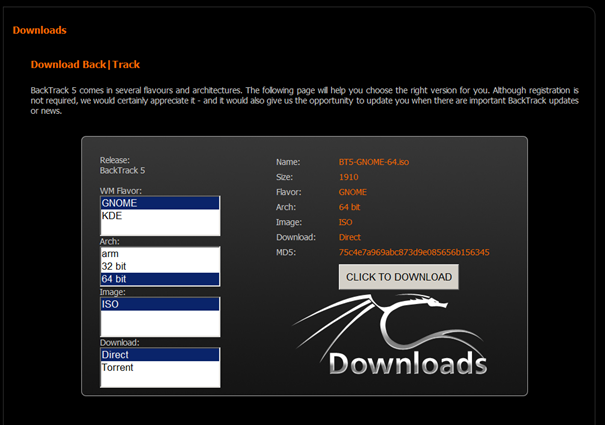Solaris X86 Iso
Recently I had a DBA at an IOUG event complain that they were unable to install from the Solaris 11.2 ISO. They had seen me demo Openstack a few weeks ago, and wanted to know how to install Solaris 11.2 in a VM. So guys… here is a step by step for you.
First, you will need to download the Solaris 11.2 x86 ISO. You can download that from here:
For the purpose of this post, we will install Oracle Solaris 11 in an x86 VM machine. The process remains same while installing on SPARC based systems. To prepare for the installation, you first download and save the ISO image to your system. Select the ISO image as the boot media in Bios to begin the installation. Solaris 10 (x86-32) Installation. This article provides a pictorial guide for performing a default installation of Solaris 10 (x86-32). The installation is reasonably straight forward, but it is not as simple and takes significantly longer than most modern Linux installations. In order to install Solaris on VmWare, it's best to download Solaris as an ISO file. Select 'x86 Live Media', here is a ISO file having the size of 1.1GB. Oracle asks you to log in before downloading it, if you don't have any Oracle accounts, you can sign up an account, the registration is completely free.
Web site: filetopia.org Category: Network Subcategory: Peer2Peer Clients, Instant Messengers Platform: Linux, Windows License: Freeware Interface: GUI Programing language: Java FX First release: 1999 Filetopia – a free peer-to-peer file sharing client, with chat, and sending instant messages, within the Filetopia Network and encrypted peer to peer connection. When you click this link on the page, Solaris ISO file will get downloaded. Go for Oracle Solaris 11.4 Text Installer X86 base for normal PC, Laptop or Virtual machine installation. Solaris is a Unix based operating system created by Sun Microsystems (now purchased by Oracle in 2010). It is the successor to SunOS and was released initially in June of 1992. The OS is based off of System V Unix and its first release was known internally as SunOS 5. This OS was typically used on SPARC based processors, up until 1994 when it began to support x86 and x86-64 based machines. Oracle Solaris 10 (x86) (aae1452bb3d56baa3dcb8866ce7e4a720: sol-10-u11-ga-x86-dvd.iso).
Now start up Virtualbox
We will now add a new VM, Called Solaris 11.2 demo.
Select the new button, and enter the name of the VM into the field. Verify that the Type is Solaris, and the version is 11, 64 bit. Then click next.
We will now set the memory to 2G (2048MB)
After clicking next, we will create a virtual drive. For this demo we will make is a 100G VDI drive, to accommodate a future lab.
Click Create to make the virtual disk drive.
To save some disk space, we will use a dynamic allocated drive.
Make sure to make the drive 100G
And now click create.
Virtualbox will take you back to the main screen once the drive is created. We now need to add in the ISO image and boot the system.
To add the ISO, make sure the new virtual machine is selected, and then select settings.
This will bring up the setting dialog box. From here we will update a few settings before we kickoff the installer.
First, from the System menu, we will remove the floppy as a boot device, and update the Pointing device to PS/2
Then from the Storage Settings, we will add a new controller, and mount the ISO.
Select the CD icon,


You” now be prompted to choose a disk
Solaris X86 Iso Driver
Navigate to where you downloaded the ISO file, and select the text-x86 Solaris installer
Now you should have the ISO mounted.
Select OK to go back to the main screen. Now we will boot the OS and run the Solaris installer.
While the VM is highlighted, select Start
Solaris 9 X86 Iso
GRUB should kick off, and you should soon see the OS probing for devices.
Download Solaris 10 X86 Iso
I a minute or two, you’ll be at the first of the Install screens, I’ll walk through that in Part 2